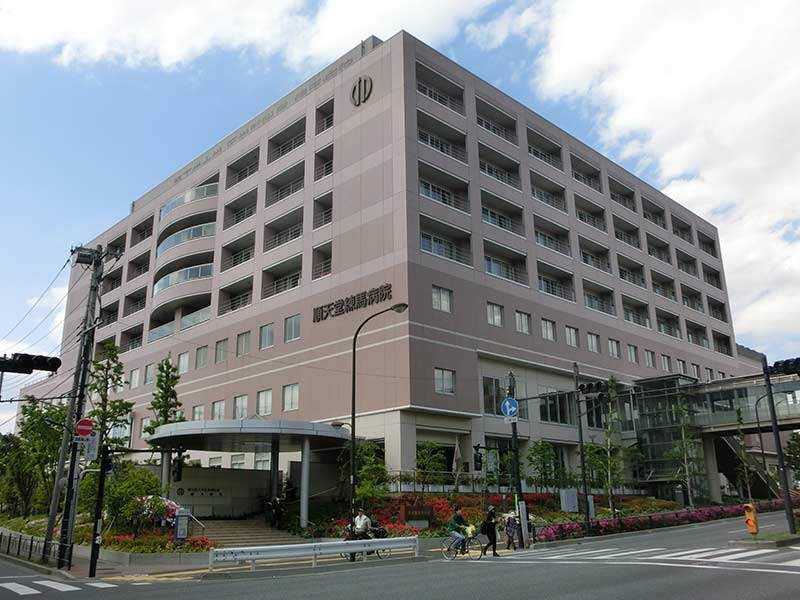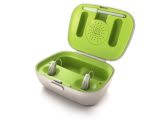Japanese researchers have discovered a process to turn stem cells into cochlear (inner ear) cells. This breakthrough could lead to the replacement of damaged haircells in the cochlea reversing previously untreatable hearing loss. They believe that they may be able to deliver a treatment in five to ten years, however, first they have to identify a way of delivering the cells to the cochlea safely and effectively.
The initial research is based around finding a cure for a specific type of congenital (from birth) hearing loss caused by a genetic mutation. The work, which is being carried out in a laboratory at Juntendo University in Tokyo, Japan, aims to correct a mutation which accounts for deafness or hearing loss for one in a thousand children.
In some parts of the world, mutations of this gene are responsible for as many as half the instances of congenital hearing loss. Professor Kazusaku Kamiya and his team have engineered and grown stem cells to replace human cochlear cells without this mutation. Hereditary hearing loss is often caused by a genetic mutation in the hair cells of the ear, which are found in the inner ear, or cochlea, and are the sensory receptors of sound. Acquired sensorineural hearing loss is caused by damage to the very same hair cells.

Professor Kazusaku Kamiya, a specialist in ear diseases who is leading the research, said: “I am very excited by what we have done. We hope this work will lead to a cure for a form of hereditary deafness.
The key will be to find a safe and effective way to deliver these new cochlear stem cells to the cochlea. One possibility is through injection into the cochlea, however, it will have to be done surgically. While the breakthrough brings us a massive step forward towards curing hearing loss, there will still need to be delivery methods designed and clinical testing to be undertaken.
It will be a step by step process, because even if the researchers can get the cells into the ear and it leads to the growth of new inner ear haircells. We don't know if those cells will act as normal passing sound information to the brain. However, within the next few years we may well have answers to all those questions.








